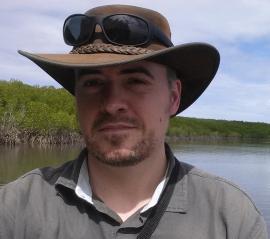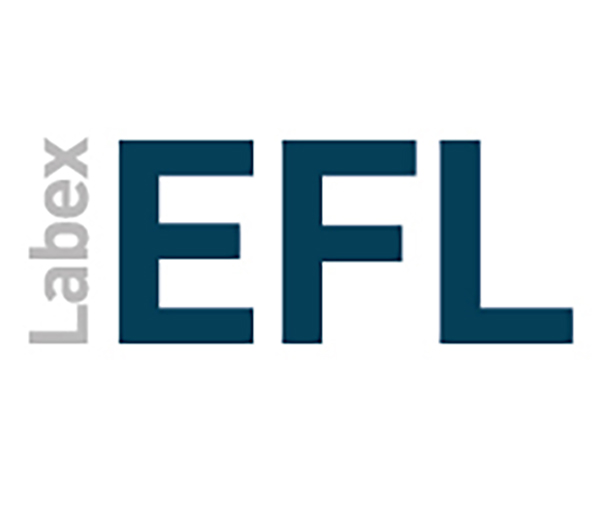Patrick Caudal
Chercheur CNRS

Status : HDR, CRHC
Address :
LLF, CNRS – UMR 7110
Université Paris Diderot-Paris 7
Case 7031 – 5, rue Thomas Mann,
75205 Paris cedex 13
Phone number : +33 1 57 27 57 84
E-mail : cpnhqny@yvathvfg.havi-cnevf-qvqrebg.se
Resume :
![]() Patrick Caudal_en.pdf
(189 Ko)
Patrick Caudal_en.pdf
(189 Ko)
General presentation
Research interests
A. Lexicon, morphology, syntax, semantics and pragmatics of Australian languages (Iwaidja, Anindhilyakwa, Murrinh-Patha, Jaminjung, Mawng, Dalabon, Nyamal, Mparntwe Arrernte, Panyjima, Martuthunira)
A.1 Descriptive, experimental and formal approaches to tense, aspect, modality and evidentiality (TAME) in Australian languages, especially Iwaidja (with R. Mailhammer, U.Western Sydney), Anindhilyakwa (with J. Bednall, A.N.U.), Murrinh-patha (with R. Nordlinger, U. Melbourne), Jaminjung (with E. Schultze-Berndt, U. Manchester) and Mparntwe Arrernte (with D. Moore, U.WA.). Experimental elicitation of event descriptions.
A.2 Typological study of TAME systems of Australian languages (especially complex, composite markings combining aspectuo-temporal and modal exponents)
A.3 Associated motion and associated posture (in particular non-Pama-Nyungan languages) ; TUL project with Marine Vuillermet (U. Lyon II, DDL) on the typology of associated motion/posture ; collaborative work with R. Mailhammer (UWS) and J. Bednall (ANU) on associated motion/posture in Iwaidjan and Gunwinyguan languages
B. Fieldwork methodology for the study of tense/aspect/modality/evidentiality in underdescribed and endangered languages
B.1 Experimental fieldwork methods for the description of TAME categories – Australian languages and sub-standard varieties of Breton ; constitution of elicitation-oriented visual databases ; elaboration of mixed fieldwork methods for the elicitation of event descriptions on the basis of visual stimuli
B.2 Developping field questionnaires for the tense/aspect and tense-aspect/modality
C. Diachrony and typology of inflectional TAME marking : lexification, grammaticalization and conventionalization of TAME markers / uses of TAME markers (Romance, Germanic, Slavic and Australian languages)
C.1 Quantitative study of tense, aspect and modality in Old and Middle French (11th -15th centuries) – synthetic tenses (passé simple) and periphrastic/analytic tenses (passé composé, plus-que-parfait, passé antérieur and verbal periphrases) ; computational diachrony of French (with B. Crabbé, U. Paris-Diderot and M. Troberg, U. Ottawa)
C.2 Diachrony and comparison of TAME marking for structures with modal meanings - Romance, Germanic, Slavic and (especially non-Pama-Nyungan) Australian languages ; morpho-syntax and semantics of modal constructions (hypothetical, epistemic, deontic, predictive) with one or mor inflectional TAME marking (cf. Romance imperfects/futures/conditions, irrealis+potential/past+present in non-Pama-Nyungan languages).
C. 3 Inflectional lexical classes for French : morphology and semantics of 2nd group verbs in French ; diachronic and synchronic quantitative approach.
D. Formal semantics and pragmatics
D.1 Tense, aspect, modality and evidentiality: interfaces (semantics/pragmatics, morphology/semantics).
D.2 Semantics of scalarity, quantification, and plurality: verbal derivation in Romance and Australian languages ; semantics of reduplication and antipassives in Australian languages.
D.3 Discourse semantics and pragmatics : a formal study of oral narratives






